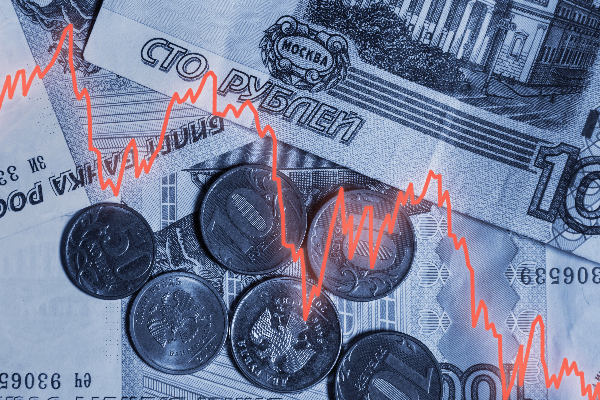The Russian ruble exchange rate has been a subject of interest for global traders, businesses, and individuals alike. Over the past three months, the ruble has experienced various ups and downs when compared to major currencies such as the US dollar, Euro, and Chinese yuan. In this blog, we will dive into the factors driving these fluctuations and explore the implications for different stakeholders.
USD to RUB Exchange Rate
Over the past three months, the RUB to USD exchange rate was facing significant fluctuations. In September, the exchange rate varied from 91.4 RUB to 98.2 RUB per 1 USD. As the second month commenced, the ruble weakened against the dollar, with the exchange rate hovering around 101 RUB per 1 USD. In November, we witnessed the strengthening of the Russian ruble, with the exchange rate concluding at approximately 93 RUB per 1 USD.
EUR to RUB Exchange Rate
The EUR to RUB exchange rate has also experienced notable fluctuations in recent months. The initial month witnessed a minimum rate 101.5 RUB per 1 EUR. The Russian ruble strengthened against the Euro, with the exchange rate 98.6 RUB per 1 EUR by 31st of October. At the end of the three-month period, the exchange rate settled at around 96,45–97,51 per 1 EUR.
CNY to RUB Exchange Rate
The CNY to RUB exchange rate has followed an irregular trajectory over the past three months. In the first month, the exchange rate was approximately 13.35 RUB per 1 CNY. By the end of a second month, the Russian ruble had slightly strengthened against the Chinese yuan, reaching an exchange rate of around 12.71 RUB per 1 CNY. In November, we observed the exchange rate concluding at approximately 12.38 RUB per 1 CNY.
Factors Impacting Russian Ruble Exchange Rates
Understanding the factors that drive ruble exchange rates against major currencies is crucial for predicting and responding to market fluctuations. Here are some key factors to consider:
- Oil Prices: Russia, being a major oil exporter, is highly sensitive to changes in oil prices. Fluctuations in oil markets can have a significant impact on the ruble's value.
- Geopolitical Situation: Political tensions, global conflicts, and economic sanctions imposed on Russia can affect investor confidence and currency stability.
- Economic Indicators: Factors such as inflation, GDP growth, interest rates, and trade balance can influence currency exchange rates.
- Monetary Policy: The actions and decisions of Russia's central bank, such as interest rate adjustments and interventions in the foreign exchange market, can impact the value of the ruble.
In summary, the Russian ruble has shown a mixed performance against the US dollar, euro, and Chinese yuan over the past three months. While there have been moments of relative stability for the ruble, fluctuations are quite common. It is important for individuals and businesses involved in international trade or global financial markets to closely monitor exchange rate movements and consider the various factors that influence the value of the Russian ruble.
LowLands Russia offers Opening Russian Bank Account service for foreign companies. Learn more





